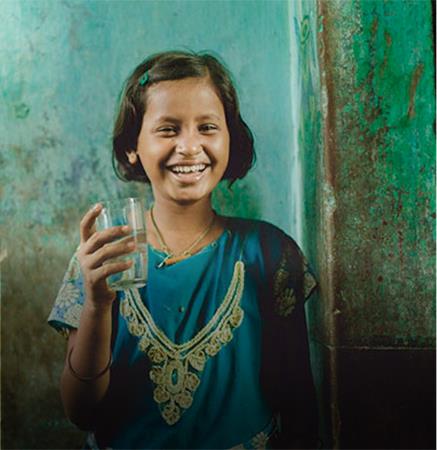Worldwide Fact
- Today 1.1 billion people don’t have clean, safe water to drink
- 14 thousand men, women and children die every day from water borne disease.
- According to the United Nations (UN) and the World Health Organization (WHO), 80% of diseases in developing nations stem from consumption of and exposure to unsafe water, which kills more than 25,000 people each day.
- According to the United Nations (UN) and the World Health Organization (WHO), 80% of diseases in developing nations stem from consumption of and exposure to unsafe water, which kills more than 25,000 people each day
Africa
- While the quantity of the water for this region is sufficient, the quality and the consistency of the water supply are not.
- Poor water quality and waterborne diseases are a major health factor for Africa.
- A person needs a minimum of 50 liters of water per day, with 5 liters for drinking, 10 liters for cooking, 15 liters for bathing and the remaining 20 liters spent on sanitation needs.
- Many people in Africa do not have access to safe water, and fewer yet receive even the minimum amount of daily water that they need for survival.
- More than 300 million people in Africa still lack access to safe water and adequate sanitation.
- More than 300 million people in Africa still lack access to safe water and adequate sanitation.
- In sub-Saharan Africa, only 51% of the population has access to safe water and 45% to sanitation.
- Access to clean, safe water supply in Tanzania (1999) in Rural population = 45% Urban population = 68%
- 70% of urban population in Tanzania has connection to the existing water piped sewerage system. (i.e. only in a few towns)
- Many urban areas are affected by poor sanitary services.
- Water-related diseases include Malaria, Dysentery, Cholera, and Yellow Fever. (Poor water qualities combined with poor hygiene)
- Long, harsh dry season leads to drying up of reserved water and decreases river flows.
- More than 40 percent of Africa is dry land, while another 27 percent is already desert.
Water Supply and Sanitation Coverage in East Africa, 1999-2000 Country Year Total Population (000s) Urban Population (000s) Rural Popultion (000s) % of Urban Water Supply Coverage % of Rural Water Supply Coverage % of Total Water Supply Coverage % of Urban Sanitation Coverage % of Rural Sanitation Coverage % of Total Sanitation Coverage Kenya 1990 23,552 5,671 17,881 89 25 40 94 81 84 2000 30,080 9,957 20,123 87 31 49 96 81 86 Tanzania 1990 25,470 5,298 20,172 80 42 50 97 86 88 2000 33,517 11,021 22,496 80 42 54 98 86 90 Uganda 1999 16,457 1,837 14,260 80 40 44 96 82 94 2000 21,778 3,083 18,695 72 46 50 96 72 75 Region 1990 65,479 12,806 52,673 83 36 45 96 83 85 2000 85,375 24,061 61,314 80 40 51 97 80 84 Source WHO UNICEF.200. Global water supply and sanitation assessment 2000 Report. WHO: Geneva and UNICEF NEW YORK - Water is a vital element in each of our lives. Not only is it essential to our health, but we also use it for numerous household tasks. We use water daily for cooking, bathing, cleaning and drinking.
- Access to clean drinking water is essential for good health. Our bodies need about two and a half litres of water in a day. Water transports nutrients throughout the body, aids in the elimination of waste, and helps maintain the delicate balance within cells. Therefore, people must have clean water to drink.
- The lack of food or medicine is not only the cause of death or sickness. But today, 90% of sickness and death among children in the developing world is caused by contaminated drinking water. According to the World Health Organization, a child dies from diseases related to contaminated drinking water every eight seconds.
This incredible loss of life can be changed! The vast majority of available clean water in many parts of the world is only 100 – 300 feet underground. The lack the modest resources necessary to release its precious flow is a barrier to those villages, communities and regions that need it most.
We are trying to help provide these people/villages with clean, safe water for their daily use.


